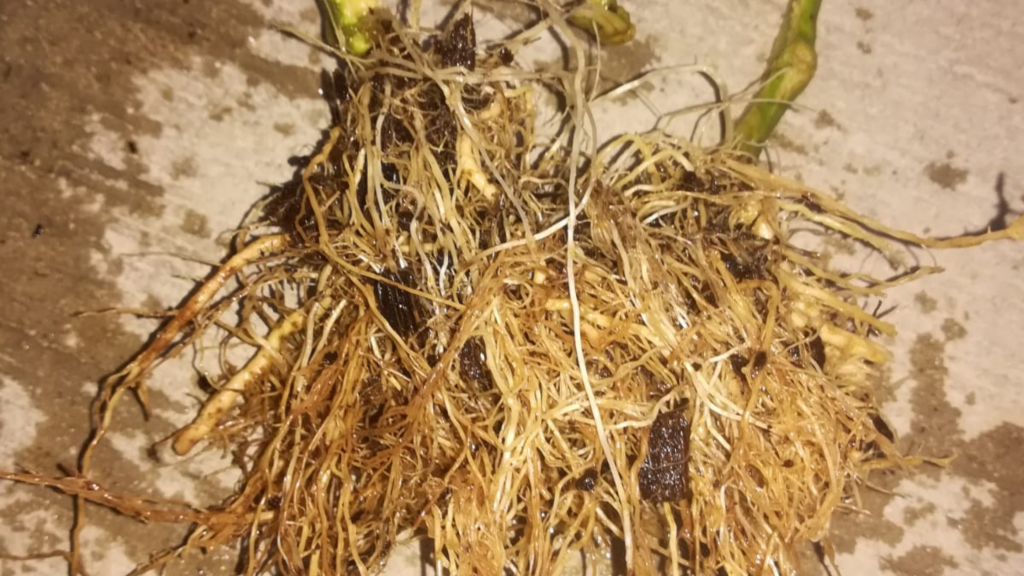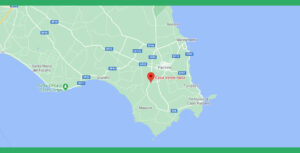Radical Suberosis: how to recognize and treat it

The mild climate of Pachino allows tomatoes to be grown all year round, but when the temperatures drop, the plants could be exposed to particular pathogens.
One of the pathologies that we encounter in greenhouse tomato crops in this period is radical suberosis (pyrenochaeta lycopersici), a fungal pathogen that prefers cold climates.

Infections are mainly localized on the root system, the plant manifests a general collapse, with reduced vegetative development, wilting and drying of the basal leaves and internal and marginal chlorosis.
The most characteristic symptoms are borne by the roots which show a reduced volume, rot and flaking of the capillice, brownish and wrinkled lesions of the secondary roots in correspondence with which the infected cortical tissues appear suberified, these infected and suberified portions alternate others healthy and normal.



The fight consists in reducing the inoculum charge with the use of fumigants and solarization, but these practices can only be implemented in the summer. Tests carried out by our technical staff have shown that a root disinfection in correspondence with the conditions predisposing the disease with Chitosan plus, Biocuprotex and Solbacter (zero residue products) can maintain a clean and efficient root system.content_copyshare
It is always useful to alternate these products with organic substance (Bio Solorganic plus), humic acids (Bio Umiplant) and rooting (Enraitex). For a correct use of these products and to make an intervention protocol to adapt to different circumstances, contact our technicians.content_copyshare
Article written by:

Dott. Agronomo Salvatore Figura
Company technician, he follows the customer from transplant to harvest, advising on the best use of the products, their sustainability in the field and the best control strategies for crop protection.
agricoltura cura orticole cura pomodori malattie invernali orticole patologie radicali prevenzione suberosi radicale


